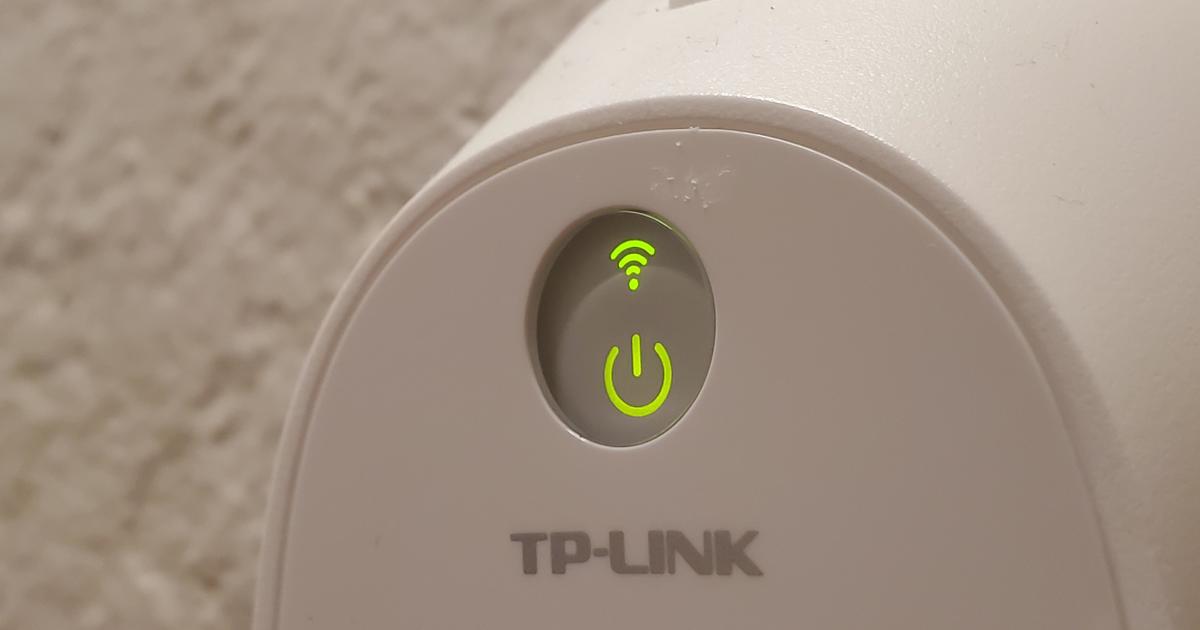Summary
In October, Microsoft published an analysis which found that a Chinese hacking entity had access to a trove of compromised TP-Link routers.
The Justice Department is also investigating whether TP-Link’s low pricing violates U.S. antitrust laws.
TP-Link denies selling below cost and claims its security practices meet U.S. standards.
The potential ban highlights growing scrutiny of Chinese tech products used widely in homes, businesses, and even U.S. federal agencies.



Well FUCK!
I just got a B800 WiFi 7, 10GB router last month when I dumped Xfinity and went with Sonic. Less than $400 was a great deal for top shelf specs.
Now what?
Does flashing a custom firmware like OpenWRT nullify the compromised firmware?
Not fully, there are still places a backdoor could be hidden (and that’s disregarding the possibility of backdoors in OpenWRT, which just recently fended off its own supply chain attack), but I’d sure trust it more.
The thing to keep in mind is that the more sophisticated and difficult to detect a backdoor is, the more valuable it is. And therefore, the less likely it is to ever be used against a normal person. So getting rid of blatantly buggy and insecure software, which TP-Link unfortunately has a bit of a reputation for, goes a long way. And not to pick on TP-Link, evidence suggests many/most home routers are riddled with vulnerabilities.
And to complement your answer, the place where a custom firmware might still be compromised is mostly in the binary blobs, where proprietary code for the radios and some other chips aren’t open-source and act like some kind of black box between the software and the hardware and make it work.
Unless someone reverse-engineer those blobs and make an open-source alternative.
Hardware backdoors are also possible in the silicon, and are probably some of the most dangerous. Fortunately also probably some of the most sophisticated and difficult to introduce.
If you can, sell it and buy a low-power used mini or micro PC with two RJ45 ports or the ability to install a second network card. Install OpnSense on it and buy a standalone WiFi AP.
Yeah I’m kind of regretting my Reyee router right now. Guess we should look up rooting them and seeing what we can find.
Could always search and see if there are any builds for it many open source router firmware out there. OpenWrt, DD-WRT is where I would start looking.